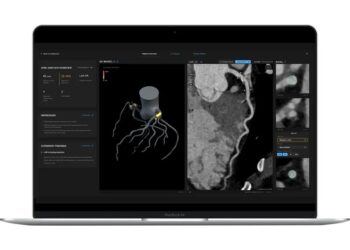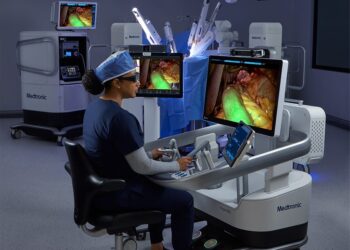### The Great Convergence: Why Multi-Modal AI is More Than Just a Feature Update
For the past few years, the AI landscape has felt like a Cambrian explosion of specialized tools. We had large language models (LLMs) that mastered text, diffusion models that conjured stunning images from prompts, and dedicated systems for speech-to-text and code generation. Each was a marvel in its own right, but they operated in distinct, digital silos. You’d use one API for writing, another for image creation, and a third for audio transcription.
That era is decisively over.
The most significant architectural shift happening in AI today is the **convergence of modalities** into singular, unified foundation models. We are moving from a collection of specialist tools to a single, generalist intelligence. This isn’t an incremental feature addition like a better API or a larger context window; it’s a fundamental rethinking of how models perceive, reason, and interact with the world. Systems like Google’s Gemini and OpenAI’s GPT-4o are the vanguards of this new paradigm, and their implications are profound.
—
### From Fragmented Inputs to a Unified Worldview
The “old way” of doing multi-modal AI often involved a clunky chain of command. You might use a speech-to-text model to transcribe audio, feed that text into an LLM for summarization, and then pass that summary to an image model to generate a visual. This pipeline is brittle, slow, and loses a tremendous amount of context at each handoff. Nuance, tone, and the implicit connections between different data types are lost in translation.
The new approach is natively multi-modal. A single model is trained from the ground up on a vast, interleaved dataset of text, images, audio, video, and code. It learns the relationships between these modalities directly, without intermediaries.
Why is this so transformative?
1. **Grounded Reasoning and Reduced Hallucination:** A model that has only ever read text has an abstract, ungrounded understanding of the world. It knows the word “rain,” but it doesn’t know the *sound* of rain on a window or the *sight* of wet pavement. A natively multi-modal model connects these concepts. When it sees a chart and is asked to describe it, it’s not just performing OCR and then analyzing text; it’s truly *seeing* the visual patterns and translating them into language. This grounded understanding makes its reasoning more robust and less prone to the kind of confident nonsense (hallucinations) that plagues text-only models.
2. **Unlocking Fluid Human-Computer Interaction:** The most immediate impact is on the user experience. The latency and friction of model-chaining disappear. Imagine a live video conversation with an AI assistant that can simultaneously listen to what you’re saying, see what you’re pointing at on your screen, and read the code you’ve written—all in real-time. It can answer a spoken question about a visual element in a user interface without any delay. This creates an interaction that feels less like a command-line interface and more like a conversation with a perceptive partner.
3. **The Bedrock of True AI Agents:** This is the most critical long-term implication. A disembodied LLM can’t effectively *act* in the world because it can’t perceive it. To become a useful agent, an AI must be able to take in the same sensory information a human does: sight and sound. A multi-modal model that can watch a screen, interpret a UI, and listen to voice commands has the necessary perceptual toolkit to start performing complex tasks on our behalf. It can navigate websites, operate software, and complete multi-step processes because it understands the full context of the digital environment, not just the text within it.
—
### Conclusion: Preparing for a More Perceptive AI
The transition from siloed, single-purpose models to unified multi-modal systems is the most important AI trend to watch. It marks the shift from AI as a set of discrete “generators” to AI as a cohesive, perceptive intelligence.
For developers and product leaders, the takeaway is clear: stop thinking about “text features” or “image features” in isolation. The future of AI applications lies in harnessing the fluid, synergistic capabilities of these new models. The challenge is no longer just prompting a model to get a specific output, but designing experiences around an AI that can see, hear, and understand in a much more holistic way. The era of the generalist agent is beginning, and it’s being built on a foundation of multi-modal convergence.
This post is based on the original article at https://www.technologyreview.com/2025/09/16/1123592/de-risking-investment-in-ai-agents/.






















